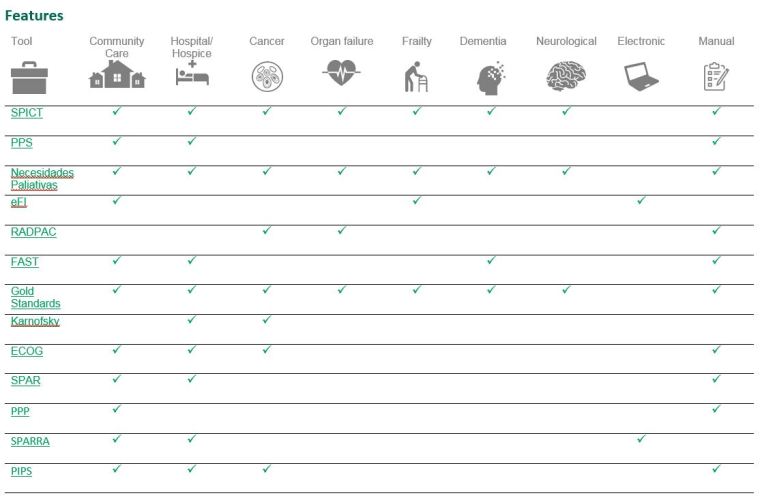
Each child is different, and each one has different skin conditions. It is essential to find a pediatric physician who is highly-trained and experienced. Pediatric dermatologists provide care for infants, children, and adolescents.
Common conditions treated by pediatric dermatologists include skin cancer, eczema as well as acne. However, dermatologists can also care for rarer and more complicated skin disorders. Depending on the condition, treatment may include topical medications, laser therapy, or surgery. Other therapies include cryosurgery and systemic drugs.
In treating skin disorders, pediatric dermatologists partner with primary care providers. Their training includes a fellowship in pediatric dermology. They are an asset to any medical staff because they have worked with children from all walks of life.

Pediatric dermatology is one of the most under-served subspecialties. The shortage of dermatology specialists is the reason. Because of this, the wait times for dermatology appointments are some of longest among all pediatric subspecialties.
The Pediatric Dermatology Division Chief oversees the clinical leadership of Pediatric Dermatology. This includes outpatient and inpatient care for children and adolescents. In order to establish a strong fellowship training program, the Chief works closely with Department of Dermatology. It is important for the Division Chief to have leadership experience, as well as clinical expertise, to ensure the best patient care.
Some common skin disorders treated by pediatric dermatologists include eczema, psoriasis, and acne. These disorders are often associated with inflammation and itching of the skin. They require the use and application of topical treatments. Molluscum contagiosum can also occur in children. This is when the virus causes a growth on the skin. This condition is contagious and is often treated by surgical removal. It can also be treated by topical treatments in order to prevent further transmission.
Children's dermatologists are specially trained to perform procedures on them. They may refer their children to dermatologists when they feel they are not getting the best care. They also provide care for infants and children who have rare skin conditions. The most common dermatology treatments are surgery, cryosurgery or laser therapy. Children can receive treatment for their skin cancers, including warts and pimples.

Children's dermatologists can also treat molluscum. This is a common condition that causes severe itching. Molluscum can be treated surgically or topically to stop it spreading. Molluscum can also been treated with liquid nitrogen, or cantharidin.
Pediatric dermatologists can also care for children and teens with rare skin conditions. These physicians have extensive training in treating children with acne, eczema, psoriasis, warts, and other skin conditions. Stony Brook Children's Hospital's Pediatric Dermatology Department offers the latest treatments and research for skin disorders. The Department partners closely with primary caregivers to ensure that children receive the best possible medical care.
The Division of Pediatric Dermatology at Children's Hospital of Pittsburgh is led by Douglas Kress, who is a Clinical Associate Professor in the Department of Dermatology at the University of Pittsburgh. Since 2001, he is the Chief of Pediatric Dermatology in Children's Hospital of Pittsburgh of UPMC.
FAQ
Which are the three types in healthcare systems?
The first system is a more traditional system that gives patients little choice about who they see for treatment. They visit hospital A if they are in need of an operation. But otherwise, it is best to not bother as there is little else.
The second system is a fee-for-service system where doctors earn money based on how many tests, operations, and drugs they perform. They won't do extra work if they don't get enough money. You will pay twice as much.
The third system uses a capitation system that pays doctors according not to how many procedures they do but what they spend. This encourages doctors to use less expensive treatments such as talking therapies instead of surgery.
What is the difference in the health system and the health care services?
Health systems are broader than just healthcare services. They encompass all aspects of the life context, including education, employment and social security.
Healthcare services focus on specific conditions like cancer, diabetes and mental illness.
They could also refer to generalist primary care services provided by community-based physicians working under the supervision of an NHS trust.
What will happen to the health care industry if Medicare is eliminated?
Medicare is an entitlement program that provides financial assistance to low-income individuals and families who cannot afford their premiums. This program is used by more than 40 Million Americans.
Millions of Americans would be without coverage if this program was not in place. Private insurers will stop offering policies for people with pre-existing conditions.
Statistics
- For instance, Chinese hospital charges tend toward 50% for drugs, another major percentage for equipment, and a small percentage for healthcare professional fees. (en.wikipedia.org)
- The healthcare sector is one of the largest and most complex in the U.S. economy, accounting for 18% of gross domestic product (GDP) in 2020.1 (investopedia.com)
- Foreign investment in hospitals—up to 70% ownership- has been encouraged as an incentive for privatization. (en.wikipedia.org)
- Consuming over 10 percent of [3] (en.wikipedia.org)
- Healthcare Occupations PRINTER-FRIENDLY Employment in healthcare occupations is projected to grow 16 percent from 2020 to 2030, much faster than the average for all occupations, adding about 2.6 million new jobs. (bls.gov)
External Links
How To
What are the Key Segments in the Healthcare Industry's Industry?
The healthcare industry is made up of key segments such as medical devices, pharmaceuticals and diagnostics, biotechnology, therapy, health information technology, medical equipment, and other medical devices.
These medical devices include blood pressure monitors and defibrillators as well as stethoscopes and ultrasound machines. These products are usually designed to diagnose, prevent, or treat diseases.
Pharmaceuticals are medicines that are prescribed to cure disease or relieve symptoms. Antibiotics, antihistamines (or contraceptives), are just a few examples.
Diagnostics are tests that are performed by labs to diagnose illness or injury. Examples include blood tests, urine samples, CT scans, MRI scans, X-rays, etc.
Biotechnology refers essentially to the use of living organisms (such bacterium) to create useful substances which can be used by humans. You can find examples such as vaccines, insulin and enzymes.
Therapeutics are medical treatments that treat diseases or alleviate symptoms. They can involve drugs, radiation therapy or surgical interventions.
Software programs for managing patient records, including health information technology, are used by physicians and their staff. It allows them to track the medications being taken, their timing, and if they are functioning properly.
Equipment used in the diagnosis, treatment, and monitoring of medical conditions or illnesses is called medical equipment. Dialysis machines are dialysis tables, pacemakers ventilators, operating rooms, and other medical equipment.